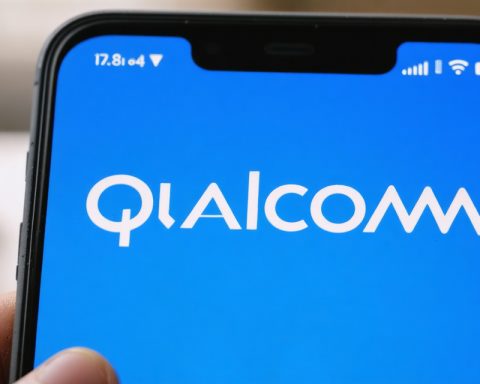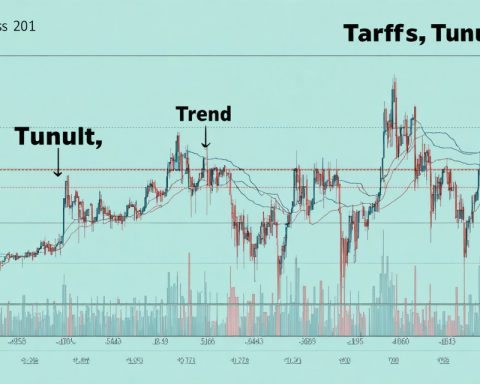The journey of the Global Flexible Display Technology Market from a promising niche to a mainstream industry is unfolding with dynamic pace. Currently valued at USD 17.78 billion in 2023, this market is poised to skyrocket to an astounding USD 344.79 billion by 2032, driven by an impressive compound annual growth rate (CAGR) of 39%.
In-depth research into the flexible display sector has delved into pivotal aspects such as emerging trends, technological innovations, and market dynamics. These factors underscore the surge in demand for lightweight, portable, and durable display solutions. This booming market is reshaping consumer electronics, extending its influence to foldable smartphones, advanced wearables, and sleek, curved televisions.
Leading companies in the market, including industry giants from South Korea, the US, and Japan, are accelerating innovation through strategic collaborations. They are at the forefront of integrating cutting-edge OLED and micro-LED technologies, which are key drivers behind this market’s transformative growth.
The study provides a comprehensive overview of market forces and challenges, offering insights into competitive strategies of top industry players. Furthermore, it highlights the geographical expansion of the market, considering diverse regions such as Asia Pacific, North America, and Europe.
This robust analysis is designed to assist businesses in navigating the evolving landscape, highlighting investment opportunities and potential partnerships that could shape the future of this transformative technology. Whether you’re an industry insider or a prospective investor, the flexible display market is an exciting frontier to explore.
Revolutionizing Visual Experience: How Flexible Displays Are Changing the Game For Consumers and Beyond
The rise of flexible display technology is not just a technological phenomenon but a revolution that is set to redefine reality in ways that affect individuals, communities, and countries alike. This exponential market growth goes beyond basic statistics; it heralds a wave of unprecedented change and opportunity across various sectors.
Impact on Daily Life and Communities
As flexible display technology becomes more affordable and ubiquitous, everyday life is being transformed. Picture this: instead of a rigid television set, imagine a pliable screen that can be rolled up and carried around or an ultra-thin smartphone that expands to the size of a small tablet. This shift allows for more versatile, portable, and personal interaction with digital devices. Communities benefit from innovative public displays, potentially even reshaping urban environments. For instance, imagine bus shelters equipped with seamlessly adaptable displays providing real-time updates and immersive advertisements.
Economic Opportunities and Challenges
The global economic landscape is directly influenced by the proliferation of flexible displays. For countries driving these technologies, it presents export opportunities and a boost to their tech industries. Conversely, nations still struggling to enter the tech race may face hurdles in catching up, potentially widening their economic gap. However, cooperative ventures and partnerships with industry leaders from tech-savvy nations might ease this disparity.
Interesting Facts and Controversies
Did you know that flexible displays can be crafted from organic materials, making them biodegradable and more environmentally friendly? This poses a remarkable advantage over traditional displays. However, the production processes still raise environmental concerns due to the energy-intensive methods and reliance on rare earth materials. Moreover, the rapid pace of technological change sparks debates on digital equity—will these advancements widen the digital divide or help bridge it?
Questions Some Might Ask
One might wonder, How durable are these flexible displays compared to traditional ones? While flexible displays are more resistant to mechanical stress and physical damage, they still face issues such as screen burn-in and fragility at fold lines. Ongoing research and development aim to tackle these challenges.
Is there a risk of obsolescence for current technologies? As the market shifts toward flexibility, earlier rigid technologies may face obsolescence. Yet, this transition necessitates significant capital investment and consumer adjustment.
Advantages and Disadvantages
Advantages include:
1. Portability: Devices are more compact and versatile.
2. Durability: Enhanced resistance to shattering and damage.
3. Design Flexibility: Innovative product designs and applications.
Disadvantages include:
1. Cost: High production costs may affect affordability.
2. Technical Limitations: Issues like screen burn-in and color consistency still need refinement.
3. Environmental Impact: Production can be resource-intensive and affect environmental sustainability.
As we stand on the brink of potential, the flexible display market invites us to imagine broader applications, such as education, healthcare, and beyond. Integrating these cutting-edge displays promises to redefine visual and interactive experiences.
For more on emerging technology trends, consider exploring TechCrunch or CNET to stay updated on the latest developments.


















